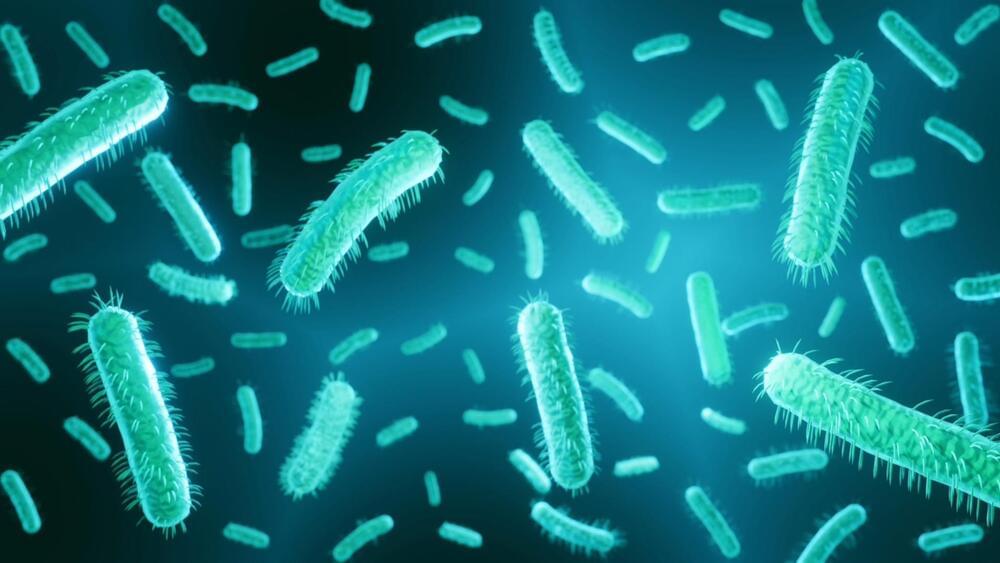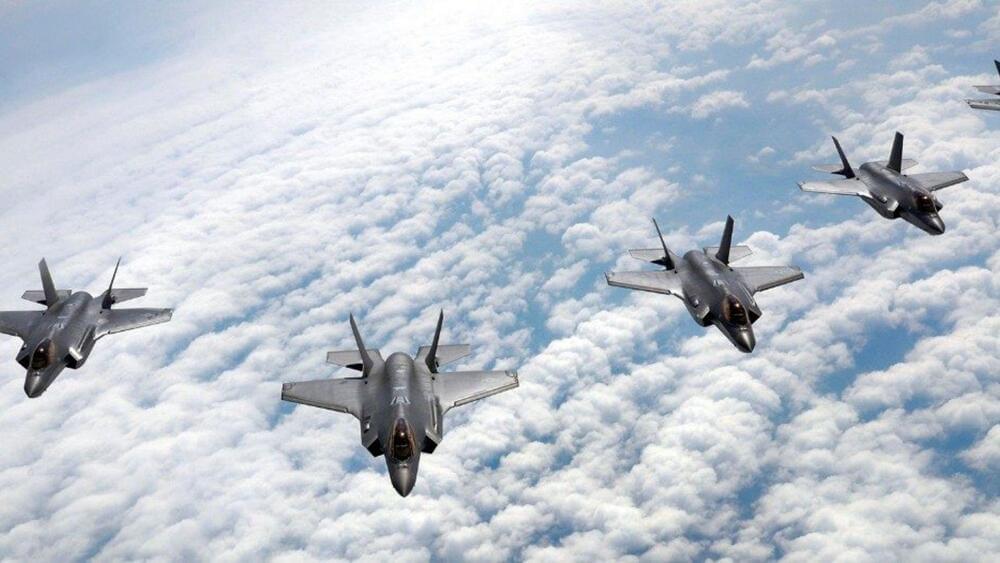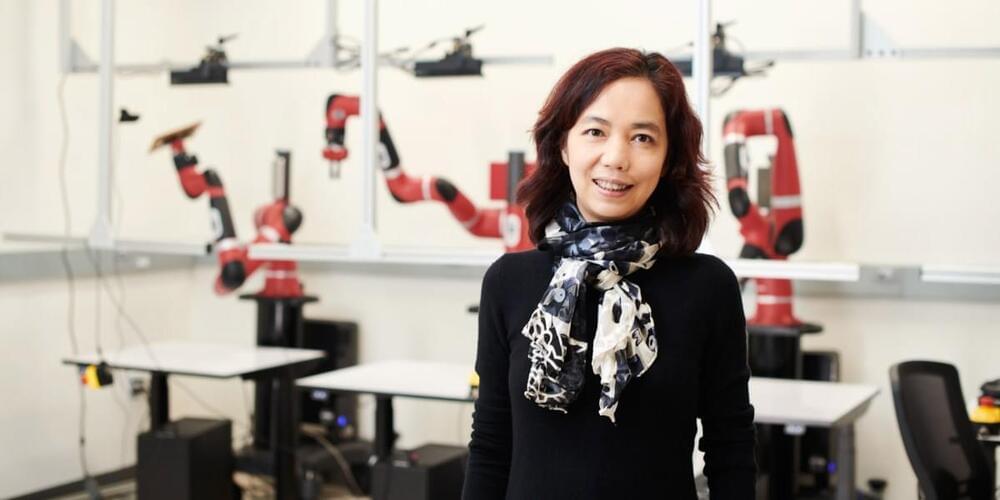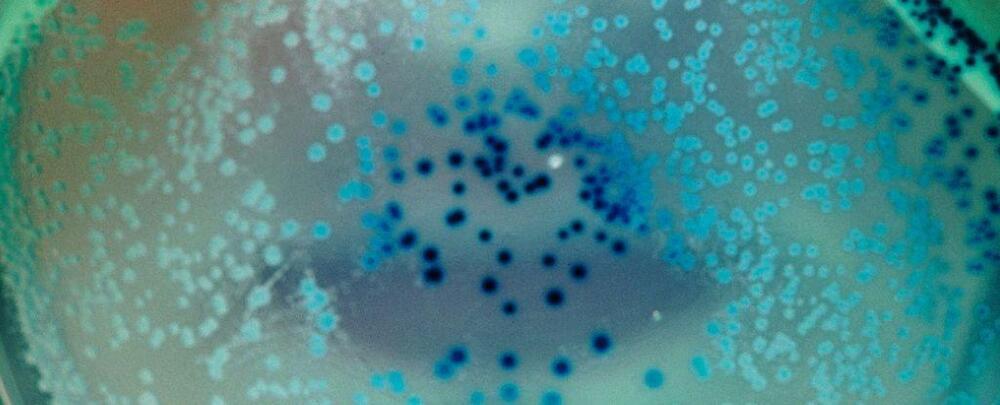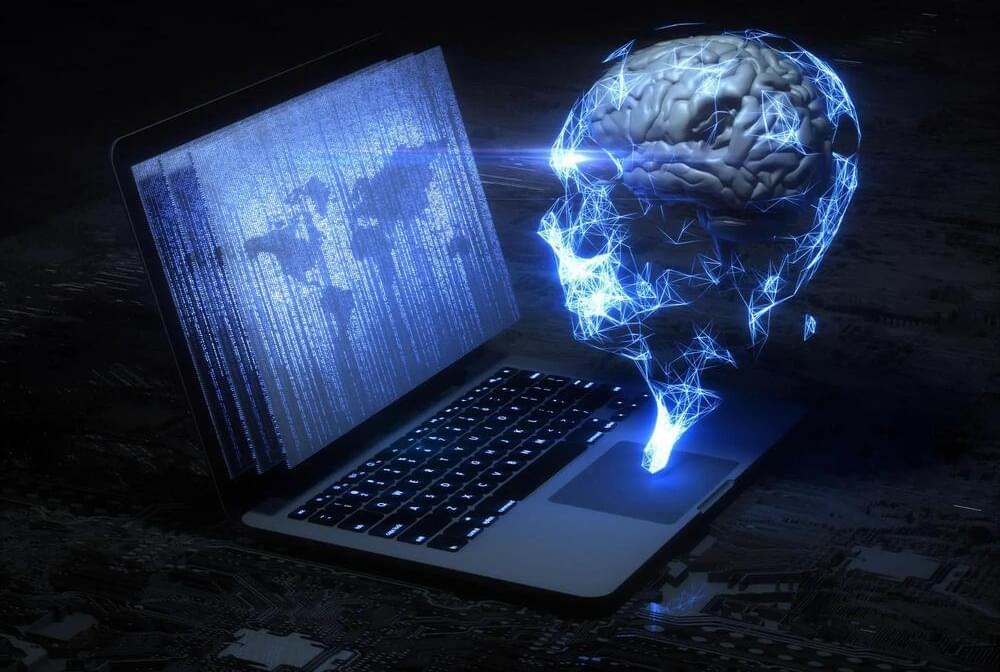Li is one of the tech leaders we interviewed for the latest issue of MIT Technology Review, dedicated to the biggest questions and hardest problems facing the world. We asked big thinkers in their fields to weigh in on the underserved issues at the intersection of technology and society. Read what other tech luminaries and AI heavyweights, such as Bill Gates, Yoshua Bengio, Andrew Ng, Joelle Pineau, Emily Bender, and Meredith Broussard, had to say here.
In her newly published memoir, The Worlds I See: Curiosity, Exploration, and Discovery at the Dawn of AI, Li recounts how she went from an immigrant living in poverty to the AI heavyweight she is today. It’s a touching look into the sacrifices immigrants have to make to achieve their dreams, and an insider’s telling of how artificial-intelligence research rose to prominence.
When we spoke, Li told me she has her eyes set firmly on the future of AI and the hard problems that lie ahead for the field.
